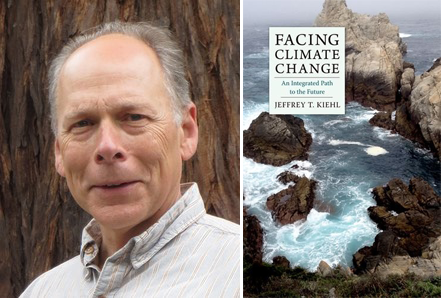
Recent severe environmental events have made facing climate change urgent. We talk with Jeffrey Kiehl, PhD, climate scientist, Jungian analyst, and author, about bringing a psychological perspective to our present situation and the process of change. (Kiehl’s book is listed below.)
The modern myth of infinite growth and limitless natural resources has led to equating consumerism with personal fulfillment. This belief underlies environmental imbalance; a new attitude is needed to restore right relationship with the earth. Kiehl draws on a tale Jung loved: a Chinese village struck by drought sent for the rainmaker, but right after he arrived he retreated to a secluded hut outside the village.
Three days later, it rained. The rainmaker explained that the villagers had been so out of balance that he became infected. He then had to withdraw in order to return to Tao—and then, quite naturally, it rained. The rainmaker—and Jung—knew that one’s inner life and wholeness is the foundation for external change.
Kiehl underscores the importance of a lived relationship with Nature and the unconscious, sources of wholeness and harmony. If we engage in the rainmaker’s work we can infect—and affect—the external world.
The Myth of Erysichthon
In lieu of an individual dream, a myth, a dream from the collective, is analyzed.
References:
Kiehl, Jeffrey. Facing Climate Change: An Integrated Path to the Future (Amazon).
Ovid. The Metamorphoses (Amazon).
McGilchrist, Iain. The Master and His Emissary (Amazon).
Have you had a dream that seems to speak to our global environmental crisis? You can share it with us here.

https://youtu.be/pBbvehbomrY
Actually, Deb, technology HAS given us the ability to make fuel out of air! Companies have literally pulled CO2 out of the air, either burying it to reduce atmospheric carbon dioxide levels or using it to manufacture a clean-burning fuel that can be burned in standard internal combustion engines, the automobiles and planes that we all need to transport ourselves and which are currently contributing to climate change. Some of these methodologies are in development, but in one case, the company has built a working prototype “CO2 removal factory.” They lack seed capital for continued development, but with sufficient support, more funding might be forthcoming.